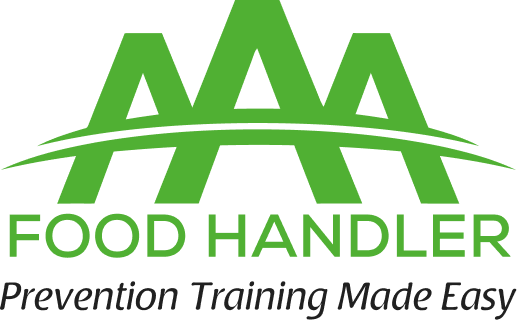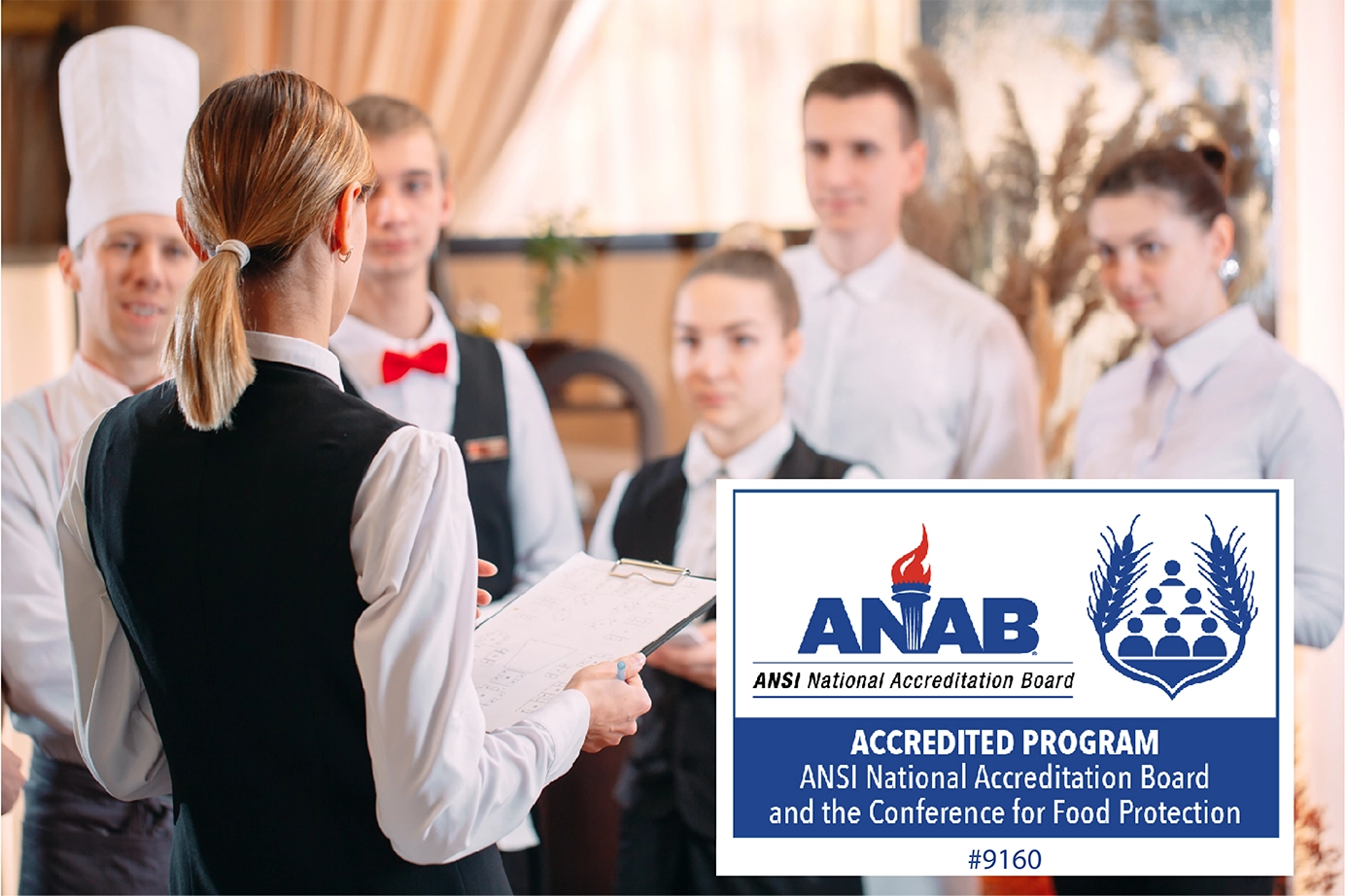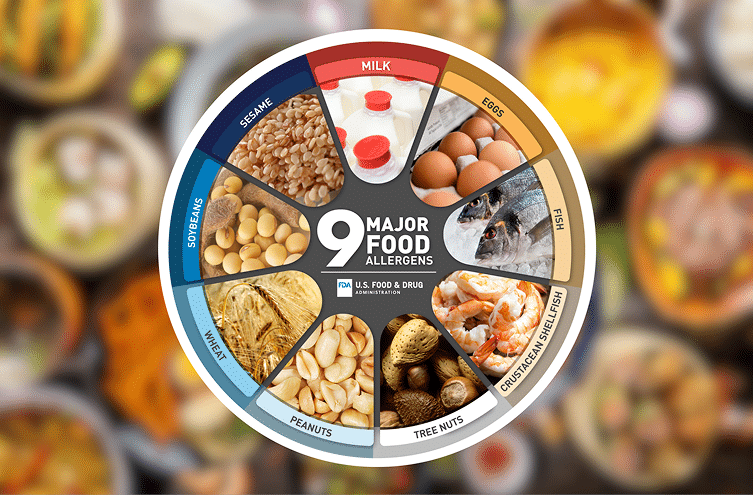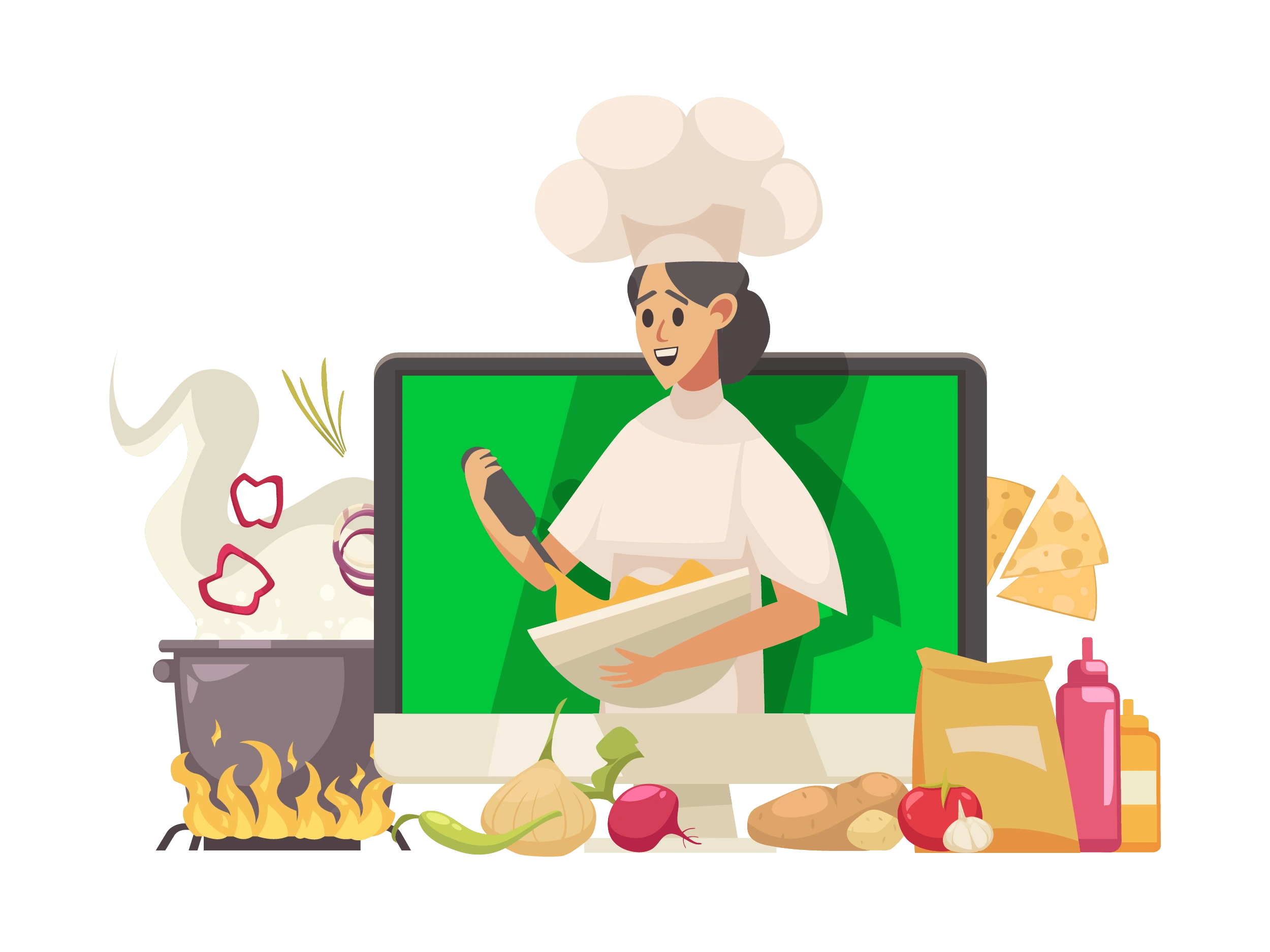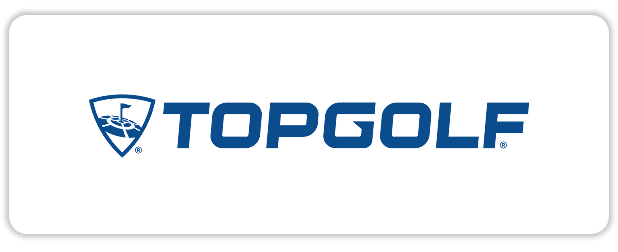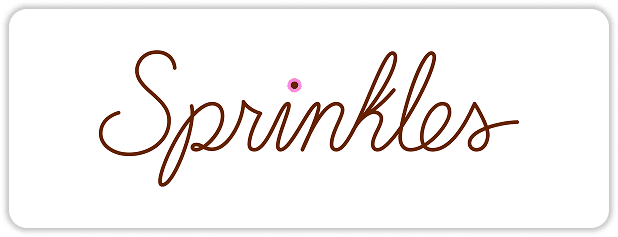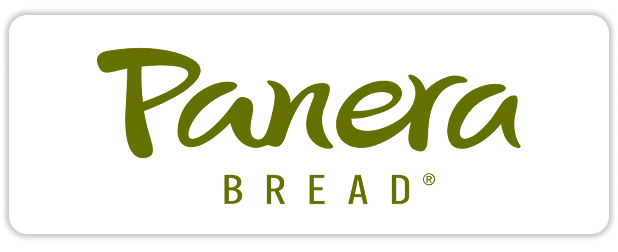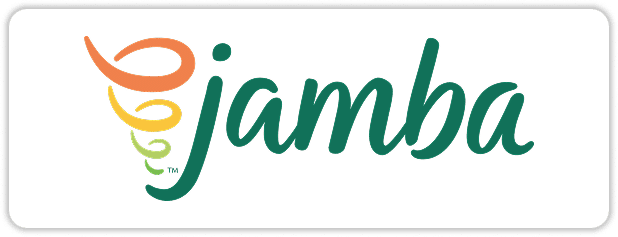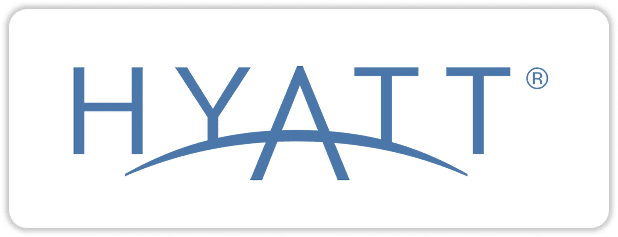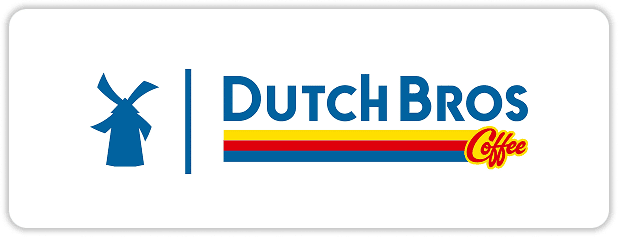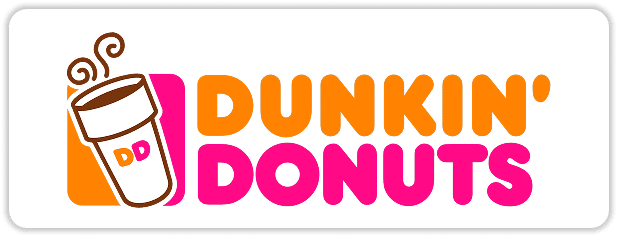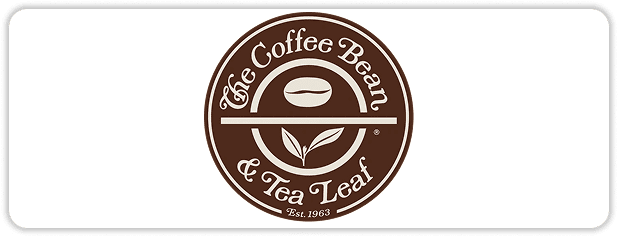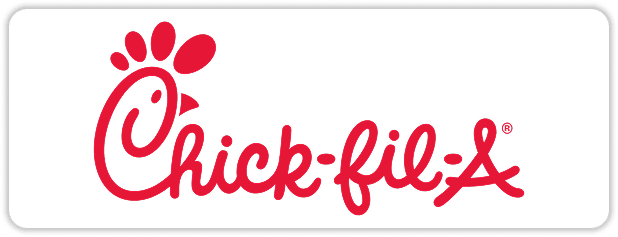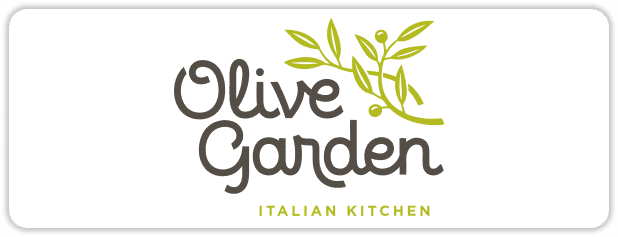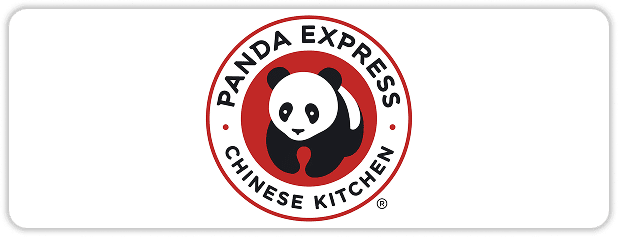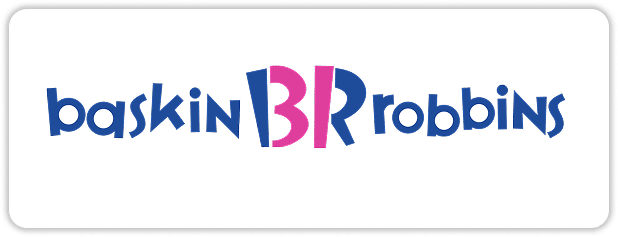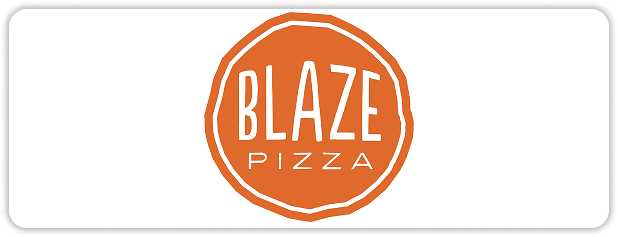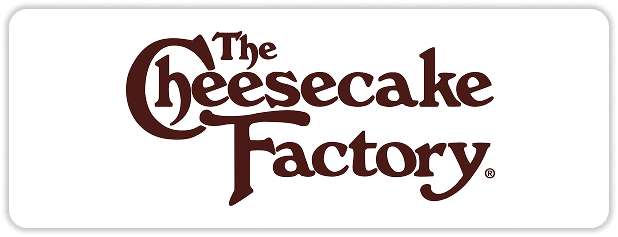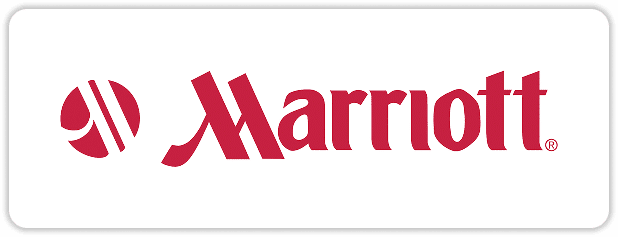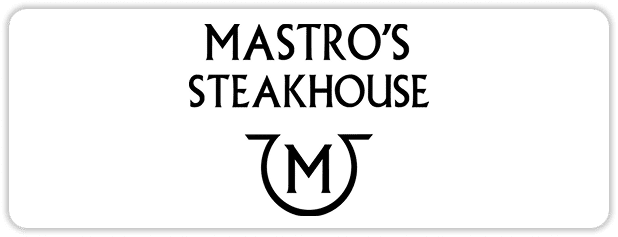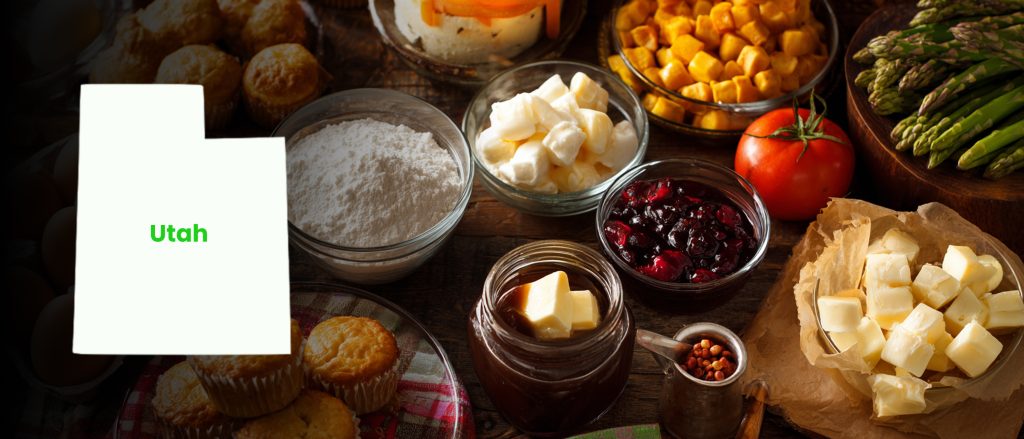
Understanding Utah Cottage Food Law Requirements
Selling homemade food in Utah? Before you start, it’s important to understand the Utah cottage food law— including the types of foods you can sell, labeling rules, and food safety training requirements.
This guide explains what the Utah cottage food safety covers, how to apply, and what you need to do to meet the state’s food safety standards.
Understanding the Utah Cottage Food Law
The Utah cottage food safety allows residents to make and package shelf-stable foods — also known as non–time/temperature control for safety (non-TCS) foods — in their home kitchens for sale directly to consumers.
Shelf-stable foods are those that don’t require refrigeration or heating to remain safe. These items are considered lower risk because they do not provide an environment for bacteria to grow and multiply.

Allowed Foods
Under the Utah Cottage Food Regulations, examples of approved shelf-stable foods include:
- Nuts and seeds
- Grains and dry mixes
- Baked goods such as breads, cookies, and cakes
- Candies and confections
- Dried herbs, spices, and teas
You may also sell fruits and vegetables you grow yourself, but if you apply pesticides, you must hold a valid private pesticide applicator certification.
Before you begin production, the Utah Department of Agriculture and Food (UDAF) or an approved food laboratory must confirm that your recipes and products are not potentially hazardous.
Foods Not Allowed Under Utah Cottage Food Regulations
Certain foods are not permitted for home production because they require temperature control or have higher contamination risks. These include:
- Meat and poultry products
- Dairy products, including milk and cheese
- Raw seed sprouts
- Cooked vegetables or meats
- Canned low-acid foods (like green beans or soups)
These foods must be produced in a commercial kitchen under retail food establishment regulations, not at home.
Do You Need a Food Handlers Permit in Utah?
While Utah allows homemade food sales under the cottage food law, it still maintains strong food safety requirements.
Anyone producing or handling food for sale under the Utah Cottage Food Regulations must hold a valid food handlers permit.
This includes:
- The primary food producer
- Any family members, friends, or employees assisting in preparation or packaging
Unlike some states, Utah inspects cottage food operations to ensure safe food handling and preparation practices.
How to Get a Utah Food Handlers Permit
To receive a Utah food handlers permit, you must complete a state-approved food handler training course and pass the associated exam.
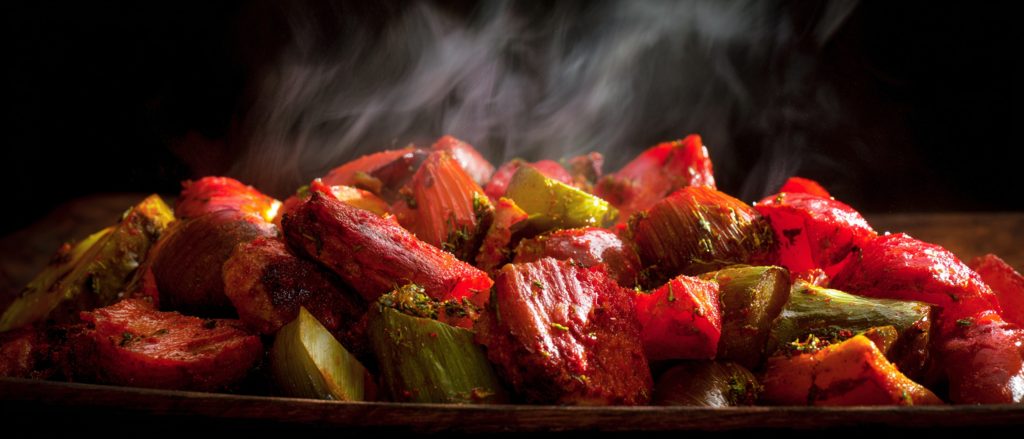
Step 1: Take an Approved Course
Utah requires at least 75 minutes of instruction, which may be completed online or in person.
The training covers essential food safety principles, such as:
- The temperature danger zone
- Safe thawing and cooling methods
- Minimum cooking temperatures
- Cross-contamination and cross-contact prevention
- Cleaning and sanitizing
- Personal hygiene and handwashing
Step 2: Pass the Test
After completing the course, you must pass a 40-question multiple-choice exam, answering at least 28 questions correctly (70%) to earn your certificate.
If you don’t pass the first time, you can retake the test at no additional charge.
Step 3: Receive Your Permit
Once you pass the exam, you’ll be issued a food handler certificate and card, which serve as proof that you’ve completed the required training.
Your course provider will also notify your local health department, which issues your official Utah food handlers permit by mail — typically within 30 days.
Your permit is valid for three years, and you must renew it by retaking and passing another approved training course before it expires.
Labeling Requirements for Utah Cottage Food Businesses
The Utah Cottage Food Regulations also includes clear labeling guidelines to help ensure transparency and consumer safety.
Every product you sell must include a legible label with:
- The product’s common or descriptive name
- Ingredients listed from heaviest to lightest by weight (for products with two or more ingredients)
- Identification of any major food allergens by their common names
- The net quantity of contents
- Your name, address, and phone number
- A nutrition facts panel, unless exempt under federal law
- The exact statement “Home Produced” in bold 12-point type
Proper labeling not only helps customers make informed choices but also allows public health authorities to trace products if a food safety issue arises.
Going Beyond Utah Requirements: Advanced Food Safety Certification
While the Utah Cottage Food Regulations only requires a basic food handlers permit, many food entrepreneurs choose to pursue advanced food safety certification to enhance credibility and prepare for business growth.
If you plan to expand into retail, wholesale, or catering, consider earning your Certified Food Protection Manager (CFPM) credential through a nationally accredited food manager certification program.
When selecting a course, look for programs accredited by the ANSI National Accreditation Board (ANAB) and is officially recognized by the Conference for Food Protection (CFP).
An ANSI National Accreditation Board (ANAB) Accredited program — sometimes referred to as a Conference for Food Protection (ANAB-CFP) approved program — ensures the certification meets nationally recognized standards for food safety training and compliance.
Completing a nationally accredited food manager certification through the ANSI National Accreditation Board (ANAB) accredited provider demonstrates mastery of advanced food safety principles, including hazard analysis, allergen management, and regulatory best practices.
These ANAB-accredited certifications go beyond Utah’s minimum cottage food requirements but can help you earn consumer trust and prepare for business expansion.
Whether you pursue a Food Protection Manager Certification or a basic Food Safety Certification, national accreditation confirms your commitment to producing safe, high-quality products.

Selling Your Homemade Food in Utah
After the Utah Department of Agriculture and Food approves your cottage food products and their label you can sell directly to consumers within the state.
Common venues include:
- Farmers markets
- Roadside stands
- Community events
- Online orders (delivered within Utah only)
There is no income cap on how much you can earn under Utah’s cottage food program — a benefit that makes the state’s law more flexible than many others.
Summary
Under the Utah Cottage Food Regulations, you can produce and sell shelf-stable foods from your home without operating as a commercial food establishment.
To comply, you must:
- Complete a state-approved food handler training course
- Obtain a Utah food handlers permit
- Properly label your products
Gain approval from the Utah Department of Agriculture and Food
While Utah does not require manager-level certification, completing a Certified Food Protection Manager (CFPM) course through a Conference for Food Protection (CFP) or ANSI National Accreditation Board (ANAB) Accredited program is an excellent way to enhance your expertise and credibility.
The Bottom Line
The Utah Cottage Food Regulations makes it easier for home-based food entrepreneurs to turn their passion into profit.
While no commercial license is required, a valid food handlers permit and proper labeling are mandatory before selling any homemade food.
Completing a Utah-approved food handler training course not only ensures compliance but also helps you protect your customers and your business.
